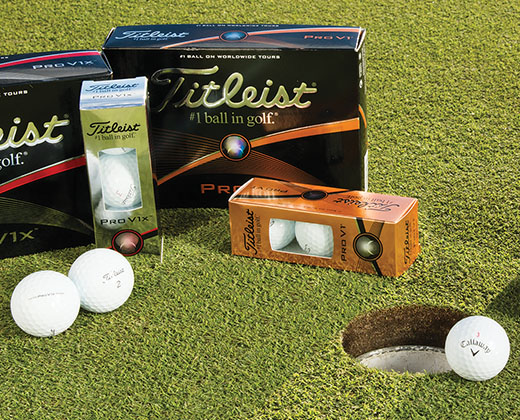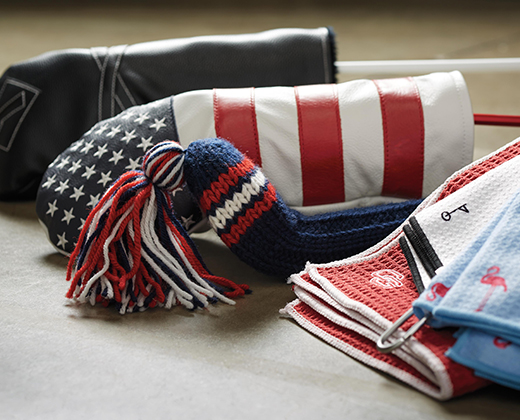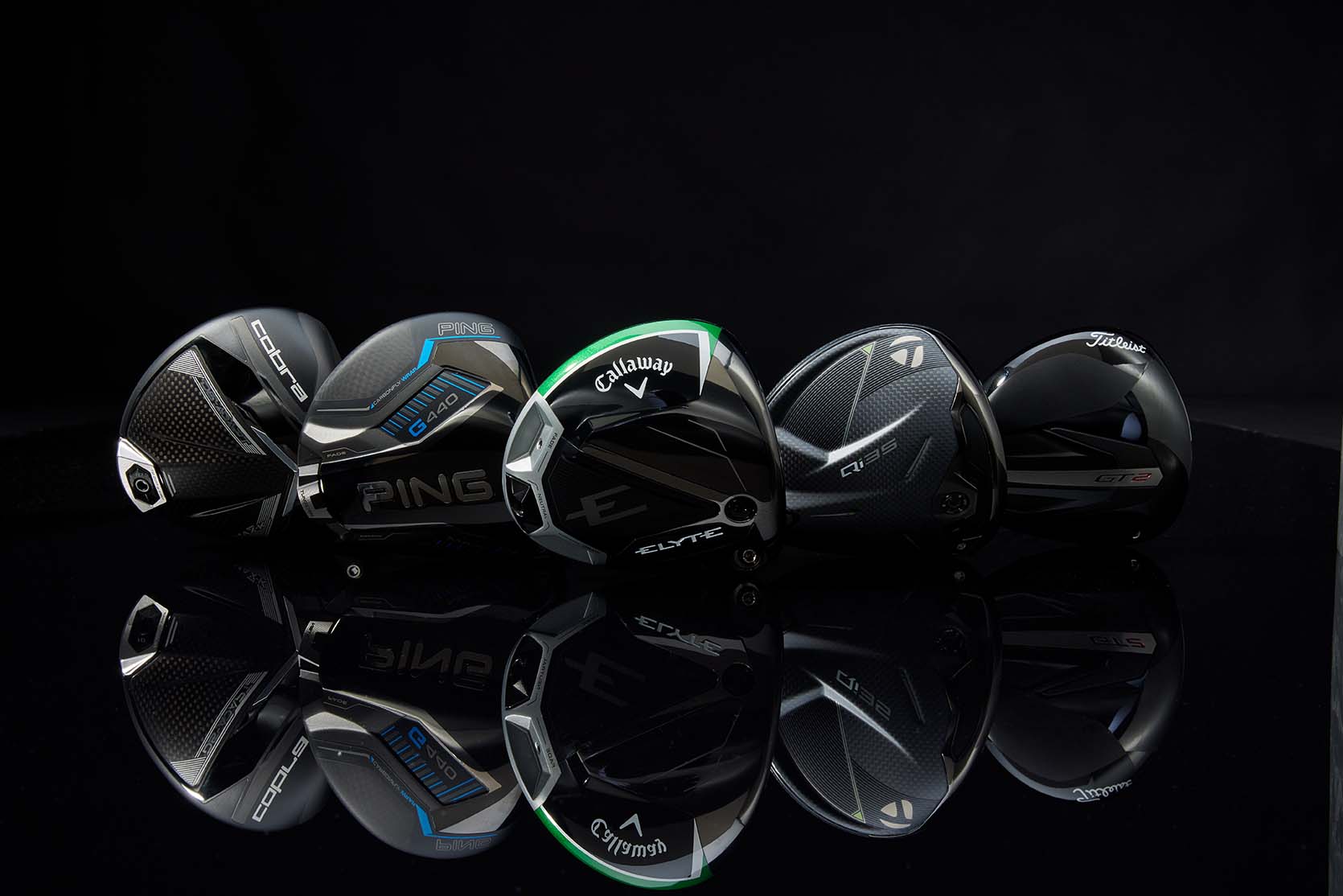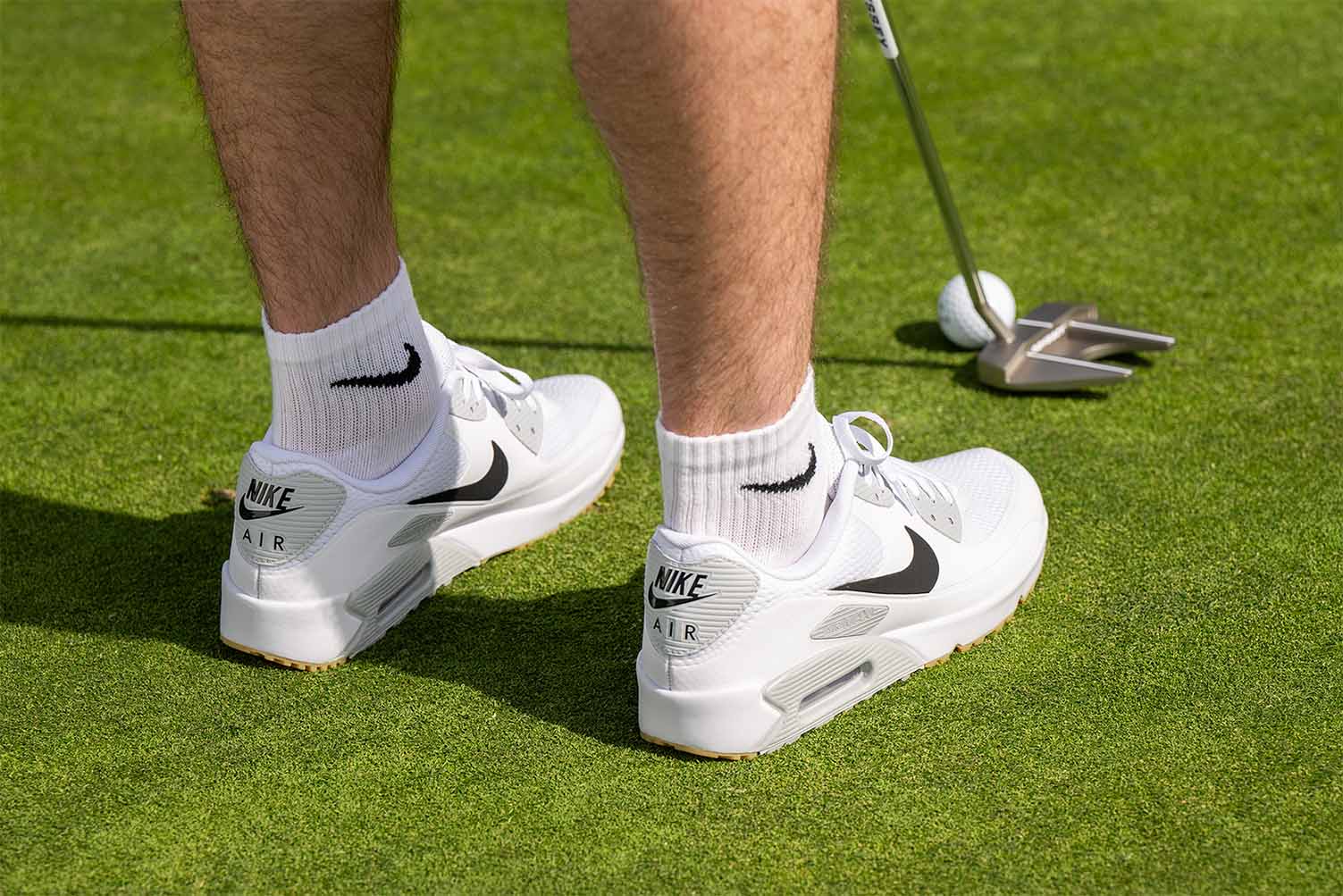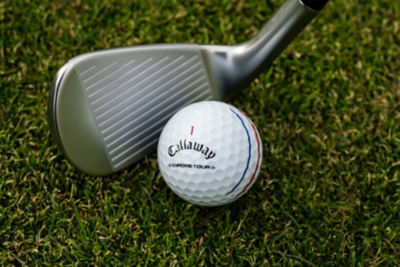Ready for the Course: How to Buy the Right Golf Putter
Looking to improve your short game? Find a putter to match the unique mechanics of your stroke.
On the green, your putter helps you feel the ball. Sense pace and depth. Detect the shot line. It is the most used club in your bag, after all. So, it’s critical that you find one that matches the unique mechanics of your stroke.
And that’s no easy proposition — today’s putters come in a variety of lengths, weight placements, clubhead shapes and alignments. Use this guide to find the right putter and putter components your short game.
TYPE: PUTTER CLUBHEADS
- Blade putters are narrow, flat and offer excellent feel for the golf ball. Keep in mind, blades can differ in hosel offset, which is designed to keep the golfer’s hands ahead of the golf ball through impact for a quicker forward roll. Read on for more information about the hosel below.
- Mallet putters have a large, rounded clubhead, and the weight is typically balanced throughout the clubhead. This helps golfers achieve a more consistent performance. Mallets differ in where the shaft enters the clubhead — it can enter either at the heel or in the center.
STYLE: FACE VS. TOE BALANCE
- Face-balanced putters are best for a “straight back, straight through” putting stroke because they keep the clubface square through impact. When the shaft is balanced, the putter face points directly up.
- Toe-balanced putters complement an arced putting stroke by squaring up the clubface at impact. When the shaft is balanced, the toe will drop and angle toward the ground.
ADDITIONAL PUTTER TYPES TO CONSIDER
- Counterbalanced putters have received a lot of buzz for their appearances in recent Tour wins. If your hands are shaky on the putt or you find yourself swinging too quickly, it might be time to try a counterbalance putter. They are designed with extra weight in the upper portion of the shaft and clubhead, which helps prevent golfers from rotating their hands as they putt for better stability, smoothness and accuracy.
- Insert putters are engineered with composite inserts, generally made of a softer material than the clubhead. These inserts help promote better feel and smoother roll. The insert is located on the face of the putter, clearly defining its sweet spot for the golfer.
- Perimeter-weighted putters are exceptionally forgiving with a design that distributes weight around the edges. These putters provide a larger sweet spot because the perimeter weighting helps stabilize against mishits.
- Alignment putters come with larger clubheads marked with geometric alignment aids. As the name would suggest, these putters make it easier to start the ball at the target line.
PUTTER LENGTH
The length of your putter has a huge impact on your stroke. Pick the wrong size and you’ll throw off your putting line. Most putters range from about 32 to 52 inches, and they’re designed to keep your eyes over the golf ball. The shaft of your putter should fall neatly in line with your forearm when you’re in the address position.
It’s common for golfers to choose a putter too long for their game. And if you’re clutching your standard-size putter below its grip, you should probably opt for a shorter-length shaft. Likewise, if you’re experiencing lower-back pain during your stroke, it may be time to try a longer putter. Here’s how to measure putter length:
- Get into your address position or putting stance.
- Let your arms hang naturally.
- Have someone measure from the ground to just above the top of your hands.
This is the length of your putter shaft.
HOSEL SHAPING
This directly impacts the balance and release of a putter. The hosel should be selected based on a putter’s stroke:
- Double Bend: Best for players who like to take the putter straight back and through.
- Short: Best for players with an arced stroke that moves from inside the line to square then inside the line again.
- Plumber Neck: Best for combination players whose stroke combines an arc and straight-back.
- Center: Best for players with straight-back, straight-through strokes.



